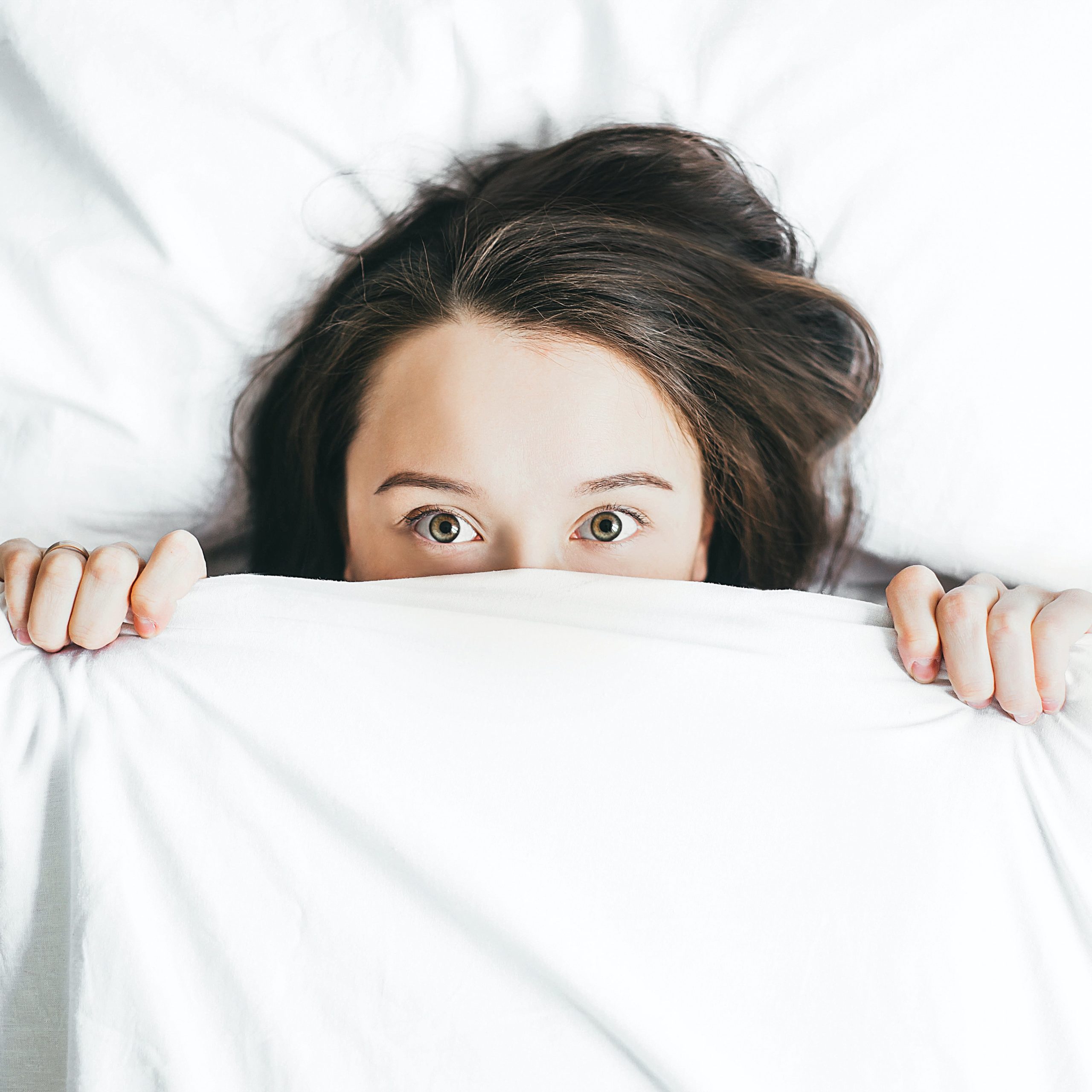It starts with the shift into winter—our sunlit hours (and temperatures) drop, dipping us into bouts of depression, lethargy and general unhappiness. Call it what you want, the “winter blues” or just plain “SAD,” Seasonal Affective Disorder affects nearly 10 million Americans every year—and it’s serious business.
The thing is: So many of us mistake sleep disorders for SAD. And we don’t blame you; in fact, the symptoms are virtually identical. But if you want to alleviate the down swings of darker, colder months, there’s one thing you need to know: Which one you’re suffering from.
First things first, are you SAD?
Only a doctor can tell you if you suffer from SAD—so step away from Web MD and stop the self-diagnoses. SAD is marked by a recurrent period of depression, typically starting with the onset of autumn and alleviating with spring’s renewal. It’s more common in those who suffer from clinical depression—and four times more likely in women (sorry, ladies). Symptoms include:
- Feeling depressed or sad
- Low energy and interest
- Difficulty concentrating
- Unwanted weight gain
- Excessive sleeping or tiredness
Truth: Sleep disorders look like Seasonal Affective Disorder
If you look at any sleep condition, from sleep apnea to restless leg syndrome, you’ll do a double-take on the symptoms, as sleep disorders are marked by the same depression, low energy, difficulty concentrating and weight gain as SAD. It can make things pretty confusing, we know.
Well, what’s the difference?
We’re glad you asked. While sleep disorders can be caused by anything from shift work to stress, SAD is a different story. It’s related to fluctuations in melatonin and serotonin production—the hormones that regulate our sleep and mood, respectively. These hormones share an inverse relationship. Essentially, serotonin is your “happy” hormone that’s triggered in the day by the Vitamin D in sunlight. Melatonin is your “sleepy” hormone, triggered in the evening by, well, the dark.
It’s no surprise, then, that our happiness levels decrease in the winter with our decreased exposure to sunlight. The catch? The shift from sunlight to darkness is the very thing that triggers our bodies to release melatonin. So, if that shift isn’t as obvious to the body (because daylight hours can be much darker in the winter months), we don’t release as much sleep-inducing melatonin.
So, what do I do?
It’s impossible to know if your symptoms are the result of SAD without a check-up with your doctor. But we can help you determine if a sleep disorder is at the root of your symptoms with a simple, at-home sleep study (you read that right—in the comfort of your own home). Book your free consultation online, and start to get to the root of your winter blues.
In the meantime, remember to take care of yourself this holiday season. High stress and those shorter daylight hours can contribute to seasonal depression and poor sleep, so remember to take time for yourself in between baking cooking, wrapping presents and downing eggnog.






